Expansion of 5G Networks
The rollout of 5G networks is a key driver for the interconnects and-passive-components market. With the promise of faster data speeds and lower latency, 5G technology is transforming communication infrastructure across the US. The demand for high-frequency interconnects and advanced passive components is expected to rise sharply as telecom companies invest heavily in upgrading their networks. By 2025, the 5G infrastructure market is projected to reach $50 billion, creating opportunities for manufacturers of interconnects and passive components to provide solutions that meet the stringent performance requirements of 5G technology. This expansion is likely to foster collaboration between component manufacturers and telecom providers to ensure seamless connectivity.
Increased Focus on Data Centers
The interconnects and-passive-components market is benefiting from the growing emphasis on data centers and cloud computing. As businesses increasingly rely on data-driven solutions, the demand for efficient interconnects and passive components in data centers is surging. In 2025, the US data center market is anticipated to reach $200 billion, driven by the need for enhanced data processing capabilities and storage solutions. This growth necessitates the development of high-performance interconnects that can support the increasing data traffic while ensuring energy efficiency. The focus on optimizing data center operations is likely to propel innovation in passive components, as companies seek to improve reliability and reduce operational costs.
Growth of the Internet of Things (IoT)
The proliferation of the Internet of Things (IoT) is significantly impacting the interconnects and-passive-components market. As more devices become interconnected, the demand for reliable and efficient interconnect solutions is escalating. In 2025, it is estimated that there will be over 30 billion connected devices in the US, necessitating robust passive components to support data transmission and power management. This trend is likely to drive innovation in interconnect technologies, as manufacturers seek to develop components that can handle increased data loads while maintaining energy efficiency. The growth of IoT applications across various industries, including healthcare, smart cities, and industrial automation, further underscores the importance of advanced interconnect solutions.
Technological Advancements in Electronics
The interconnects and-passive-components market is experiencing a surge due to rapid technological advancements in electronics. Innovations in semiconductor technology and miniaturization of components are driving the demand for high-performance interconnects. As devices become more compact and powerful, the need for efficient passive components, such as capacitors and resistors, is increasing. In 2025, the market for passive components is projected to reach approximately $30 billion in the US, reflecting a growth rate of around 5% annually. This growth is largely attributed to the rising adoption of advanced electronics in sectors such as automotive, telecommunications, and consumer electronics, which require reliable interconnect solutions to ensure optimal performance.
Rising Demand for Renewable Energy Solutions
The interconnects and passive components market is poised for growth due to the increasing demand for renewable energy solutions. As the US transitions towards sustainable energy sources, the need for efficient interconnects in solar panels, wind turbines, and energy storage systems is becoming more pronounced. In 2025, investments in renewable energy infrastructure are expected to exceed $100 billion, creating a substantial market for passive components that enhance energy efficiency and reliability. This shift towards green technologies not only supports environmental goals but also drives innovation in interconnect solutions, as manufacturers adapt to the unique requirements of renewable energy applications.

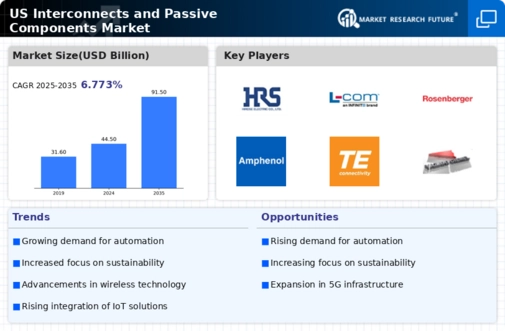
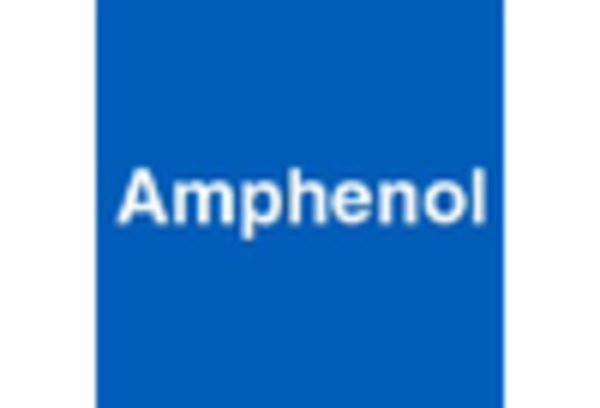
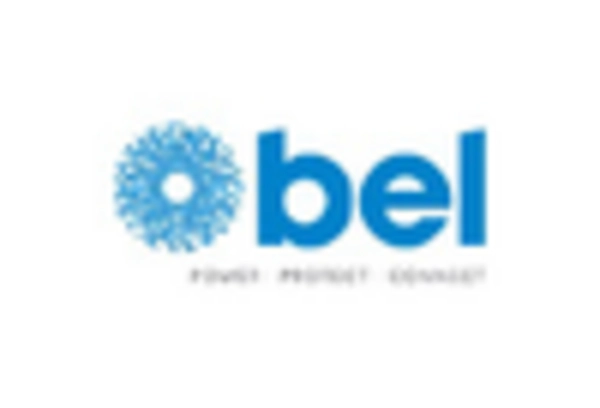
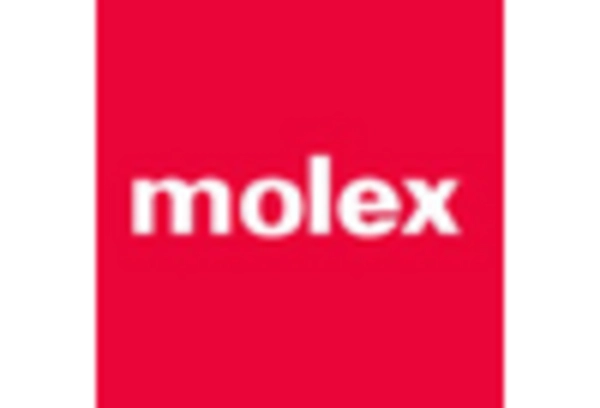
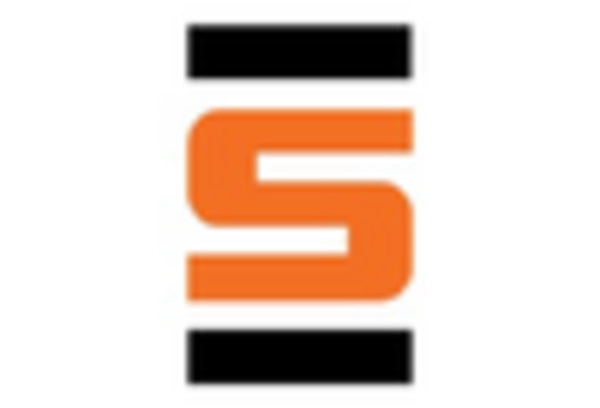

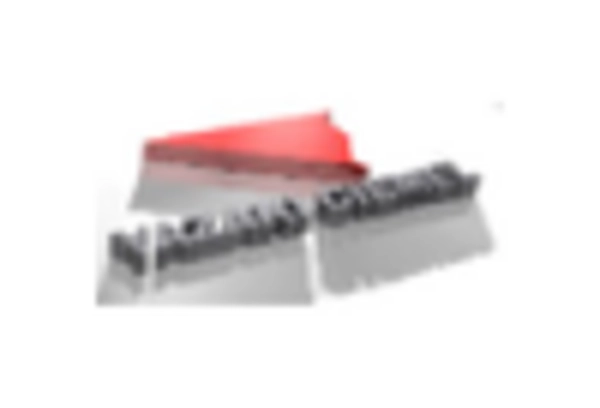








Leave a Comment